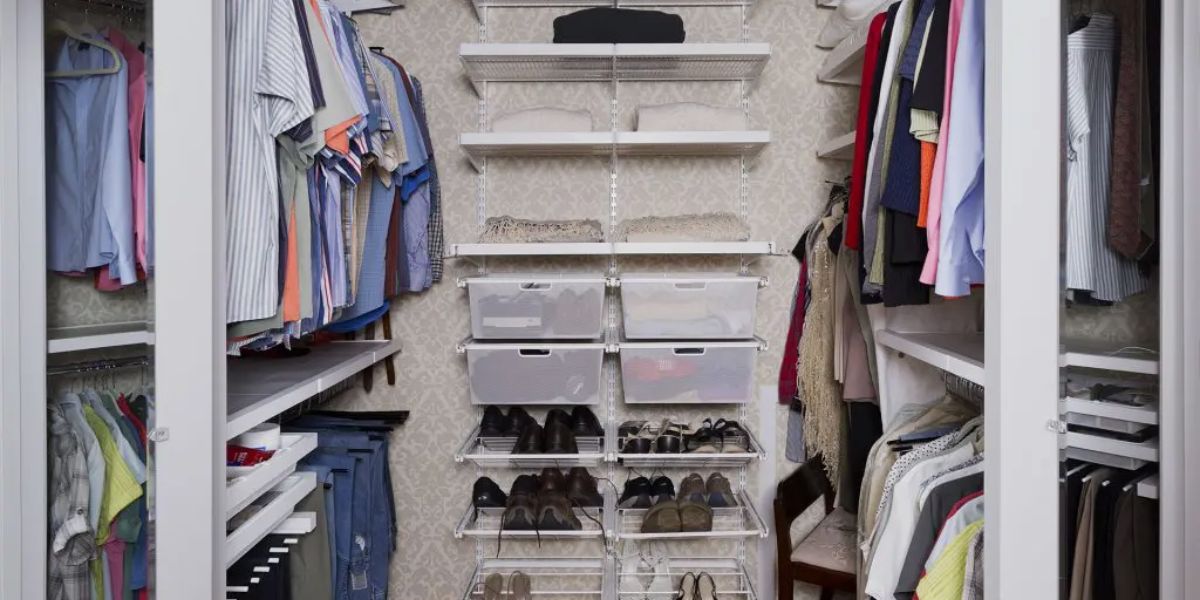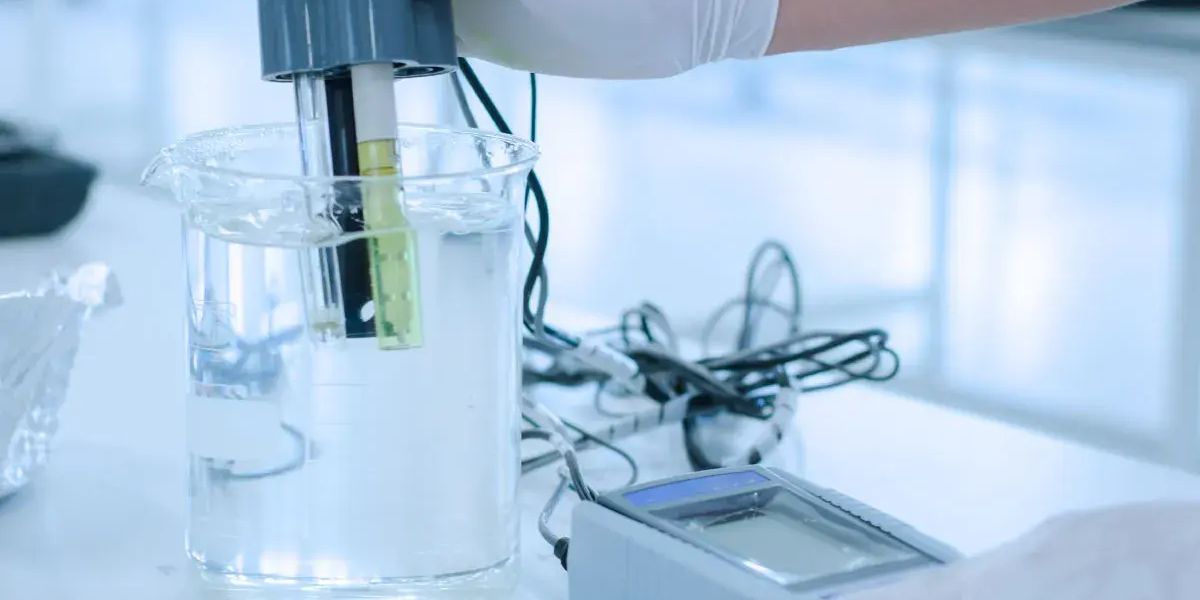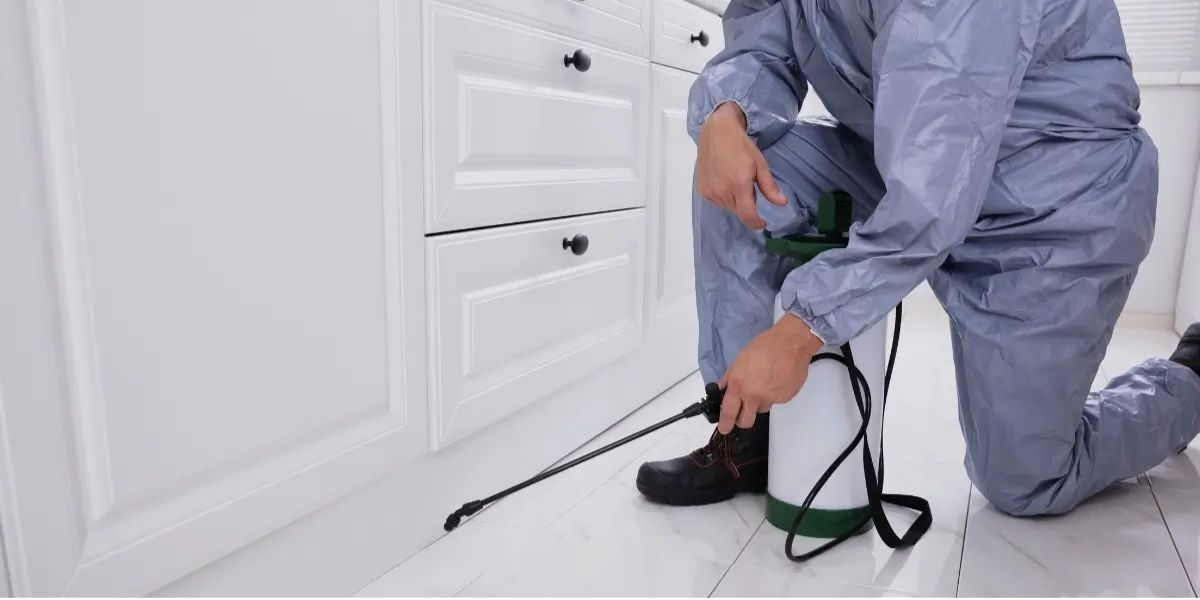Your home is more than just a place to sleep and store your belongings; it’s your sanctuary, a space where you relax, recharge, and spend time with loved ones. However, to truly enjoy the comfort of your home, it’s crucial to ensure that it supports your health and well-being. Maintaining a healthy home goes beyond mere cleanliness—it involves creating an environment that promotes physical health, mental well-being, and safety for everyone who lives there. In this blog, we’ll explore key strategies for maintaining a healthy home that fosters a safe and nurturing atmosphere.
Key Tips for Every Family
Improve Indoor Air Quality
One of the most important aspects of maintaining a healthy home is ensuring that the air you breathe is clean and free of pollutants. Poor indoor air quality can lead to a range of health issues, including allergies, asthma, and respiratory infections. Here’s how you can improve the air quality in your home:
Ventilation Proper
Ventilation Proper ventilation is key to maintaining good indoor air quality. Make it a habit to open windows and doors regularly to allow fresh air to circulate. Use exhaust fans in the kitchen and bathroom to remove excess moisture and odors.
Air Purifiers
Air Purifiers: Consider investing in air purifiers with HEPA filters, which are effective at capturing airborne particles like dust, pollen, and pet dander. Place air purifiers in rooms where you spend the most time, such as the living room and bedrooms.
Houseplants
Houseplants: Certain houseplants, such as spider plants, snake plants, and peace lilies, can help improve indoor air quality by absorbing pollutants and releasing oxygen. In addition to their air-purifying qualities, houseplants also add a touch of nature to your home, which can boost your mood and reduce stress.
Maintain a Clean and Clutter-Free Space
A clean and organized home is not only visually appealing but also contributes to a healthier living environment. Regular cleaning and decluttering can prevent the buildup of dust, mold, and bacteria that can cause health problems. Here’s how to keep your home clean and clutter-free:
Regular Cleaning
Regular Cleaning Routine Develop a cleaning schedule that covers all areas of your home. Focus on high-traffic areas like the kitchen, bathrooms, and entryways, as these spaces are more prone to accumulating dirt and germs. Don’t forget to clean less obvious spots like baseboards, ceiling fans, and behind appliances.
Decluttering Clutter
Decluttering Clutter can contribute to stress and anxiety, making it harder to relax in your own home. Regularly go through your belongings and get rid of items you no longer need or use. Donate or recycle these items to keep your home organized and free of unnecessary clutter.
Safe Cleaning Products
Safe Cleaning Products Opt for non-toxic, eco-friendly cleaning products to minimize exposure to harmful chemicals. Many conventional cleaning products contain volatile organic compounds (VOCs) that can negatively impact indoor air quality. You can also make your own cleaning solutions using natural ingredients like vinegar, baking soda, and lemon juice.
Ensure Proper Humidity Levels
Maintaining the right humidity levels in your home is crucial for your health. High humidity can promote the growth of mold and dust mites, while low humidity can lead to dry skin, respiratory issues, and discomfort. Here’s how to maintain optimal humidity levels:
Use a Hygrometer
Use a Hygrometer A hygrometer is a device that measures the humidity level in your home. Aim to keep humidity levels between 30% and 50% to create a comfortable and healthy environment.
Dehumidifiers In areas with high humidity, such as basements and bathrooms, consider using a dehumidifier to reduce moisture levels and prevent mold growth. Regularly empty and clean the dehumidifier to keep it functioning effectively.
Humidifiers During the winter months, when indoor air tends to be dry, a humidifier can add moisture to the air, preventing dry skin, irritated nasal passages, and other discomforts associated with low humidity.
Monitor Water Quality
Access to clean, safe water is essential for maintaining a healthy home. Contaminated water can pose serious health risks, so it’s important to ensure that the water you drink and use in your home is of high quality. Here’s what you can do
Water Filtration Install
Water Filtration Install a water filtration system to remove impurities such as chlorine, lead, and other contaminants from your tap water. Depending on your needs, you can choose from various filtration options, including pitcher filters, faucet-mounted filters, and whole-house filtration systems.
Regular Testing
Regular Testing If you rely on well water or have concerns about the quality of your tap water, consider having your water tested regularly. Home testing kits are available for detecting common contaminants, or you can hire a professional to conduct a more comprehensive analysis.
Create a Safe and Supportive Environment
A healthy home is one that promotes safety and supports the well-being of all its occupants. This involves taking steps to prevent accidents and creating spaces that encourage relaxation and mental clarity. Here are some tips:
Safety Measures Ensure that your home is equipped with essential safety features, such as smoke detectors, carbon monoxide detectors, and fire extinguishers. Test these devices regularly to ensure they are functioning properly. Additionally, make sure that your home is childproofed if you have young children, by securing heavy furniture, covering electrical outlets, and keeping hazardous materials out of reach.
Mental Well-being Your home should be a place where you can unwind and escape the stresses of daily life. Create calming spaces within your home by incorporating elements like soft lighting, comfortable furniture, and soothing colors. Designate areas for relaxation, such as a reading nook, meditation corner, or cozy living room space.
Implement Effective Pest Control
Pests can carry diseases and cause damage to your home, making effective pest control a crucial aspect of maintaining a healthy home. Here’s how to keep pests at bay
Preventative Measures Keep your home clean and free of food debris, which can attract pests. Seal any cracks or openings in walls, windows, and doors to prevent pests from entering your home. Store food in airtight containers and regularly take out the trash to minimize the risk of infestations.
Natural Pest Control Consider using natural pest control methods, such as essential oils, diatomaceous earth, and vinegar, to deter pests without the use of harmful chemicals. For more serious infestations, consult with a professional pest control service that uses eco-friendly solutions.
Conclusion
Home Maintaining is about more than just aesthetics—it’s about creating a safe, supportive, and nurturing environment that promotes the health and well-being of everyone who lives there. By focusing on improving indoor air quality, keeping your home clean and clutter-free, maintaining proper humidity levels, monitoring water quality, ensuring safety, and implementing effective pest control, you can create a home that truly supports a healthy lifestyle. A healthy home is a happy home, and the effort you put into maintaining it will pay off in the form of better health, peace of mind, and overall well-being.


